Construction in permafrost: experience and innovation
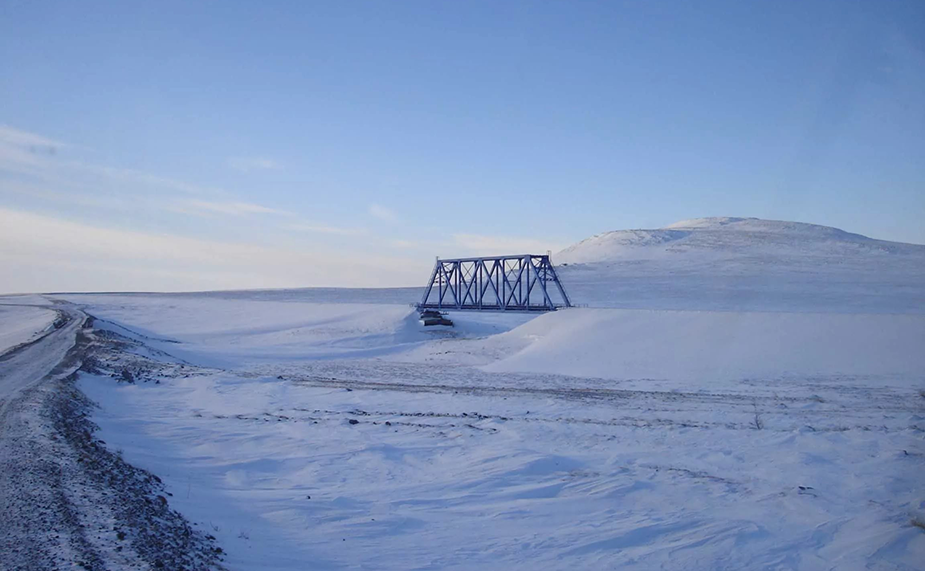
Permafrost occupies two thirds of the Russian territory and is often called the strategic resource, its fuel and power base. There are enterprises, shafts and mines. The roads are constructed, as well as ports and airfields. Where the construction of one building might be called a heroic deed, there are cities.
We discuss the construction techniques in the northern territories, special features of the Arctic buildings and the role of the energy-efficient technology for such climate conditions with Rashid Nazirov, DEng, first deputy vice-principal for international relations of the Siberia Federal University and Yuri Goncharov, DEng, professor, consultant of the Russian Academy of Architecture and Construction Sciences and professor of the Department of Civil Architecture, both actively participated in the construction of the real estate behind the Arctic Circle.
City at the far side of the World
– Rashid, Yuri, could you please outline the specific principles of the construction in the conditions of the extreme North?
R.N.: There are no specific differences between the construction techniques, but there are peculiars. All the general concepts of the construction are based on the fundamental laws of physics. Firstly, it is necessary to provide the sustainable heat insulation – meaning, the application of the well-weighed structural diagrams of the buildings, securing no thermal bypasses, the use of the efficient materials and energy-preserving techniques. And, of course, there are specific requirements for the basements.
Y.G.: It is difficult to build something on the ice shell, with the changeable structure in addition. The behavior of loose gravels, clays and pebbles in permafrost is unpredictable. The structures warm up the ground they are erected at, hence the thawing and inevitably sediments. There were some cases of the demolitions of the buildings in Chita, some sections of the Baltic-Amur Mailine are known to be unstable. In Canada, two small towns built during the WWII were left abandoned, when permafrost got the buildings out of the land. So the construction in permafrost is possible, just while taking into consideration special measures for the supporting of the constant temperature of the grounds.
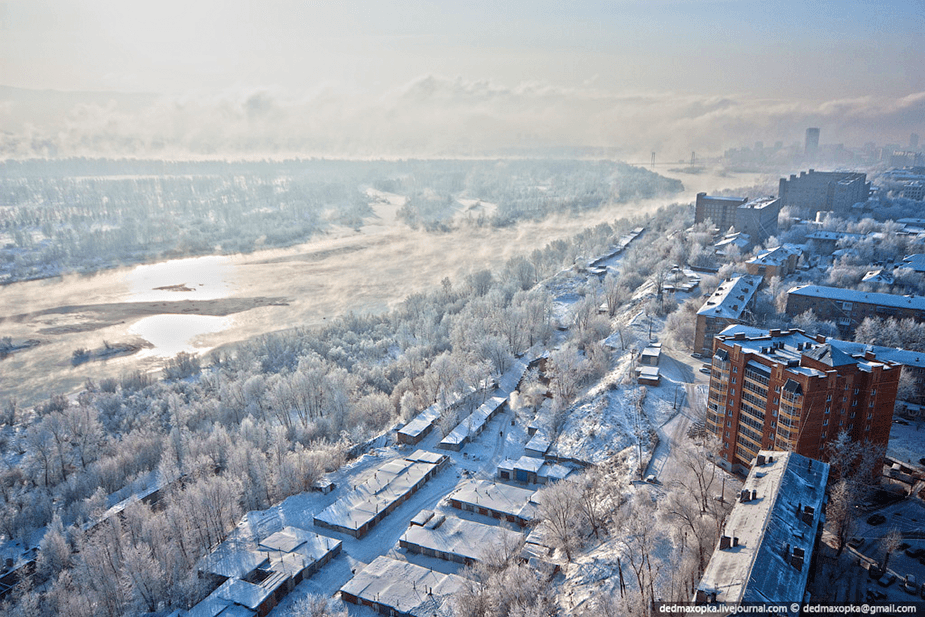
Krasnoyarsk, Russia
– What do you think about pile-supported structures?
R.N.: It is one of the ways. We use two construction methods in the North: piles-supported, which creates the space between the ground and the basement for the unobstructed ventilation, and directly on the spot. The later requires some strong heat insulation for keeping the ground in its natural state.
Y.G.: Today the state-of-art scientific practices allow constructing the buildings in any environment. There are many kinds of piles, like bored piles developed by the specialists from Krasnoyarsk. Thanks to this technology, the special augering plant drills the hole in permafrost and then a reinforced cage is put inside and then concreted. Now the industry use the modern concrete compounds, which do not get frosted during the concreting. Previously the ground got to be thawed by steaming for months for the piles to be inserted, the drilling made this process faster.
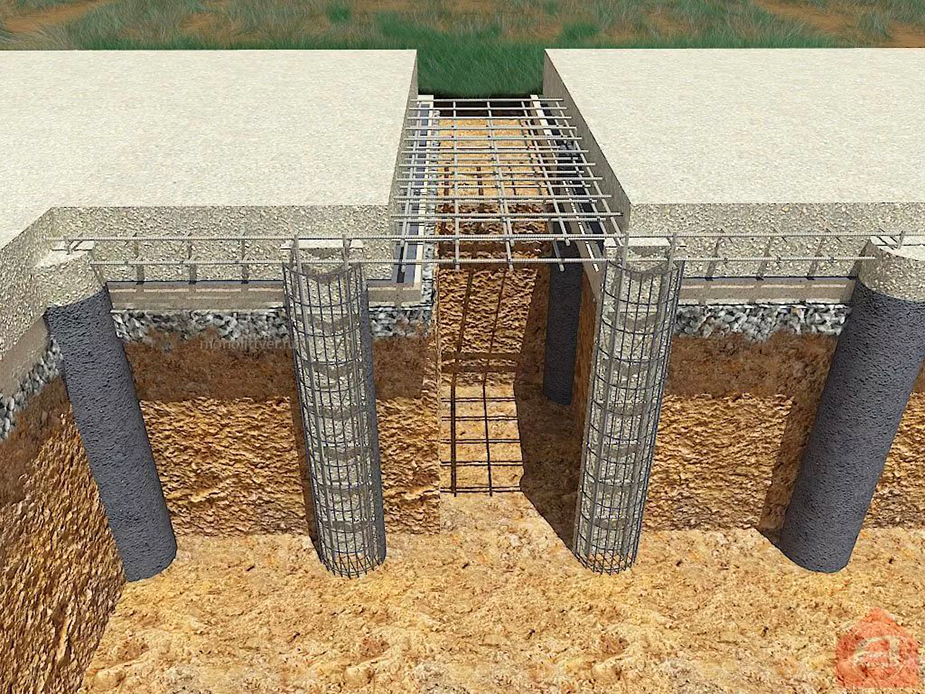
Bored piles basement
– Who first applied pile-supported construction methods in the North? And when did it happen?
Y.G.: In Yakutia, the wooden buildings have been constructed at the wooden chumps for decades and more. But the implementation of the large panel structures’ designs with the pile-supported method comes from the 60es of the XX century. One of the authors of the method was engineer Michael Kim, the ex-prisoner of camp NorilGulag, he studied the permafrost characteristics in 30s.
The construction of the future city of Norilsk started on the rock soils, where no special foundations were needed. In the late 30s, the design bureau was formed from the exiled architects and engineers. Nobody had any experience of the construction in the environment of the High North. In 60s, thanks to Michael Kim, who suggested pile-use method, residential construction in Norilsk got wide-spread implementation. In 1966, ten architects and construction workers, including Kim, were awarded the Lenin Prize, one of the highest awards in the USSR, «for the development and implementation of the brand new methods of industrial construction in the Far North environment». Now one of the streets is named after them.
– How do you work with the utility lines in permafrost?
Y.G.: When it is a small northern settlement the lines are laid on the surface, supported by piles. Norilsk has its utility lines buried at the depth of 6 metres, three times deeper than in Krasnoyarsk. The sewers are situated at the distance, to preserve the ground beneath the building form the heating. If the utility lines go under the road, this road should be cleaned from snow with special attention, so the wind may cool the ground.
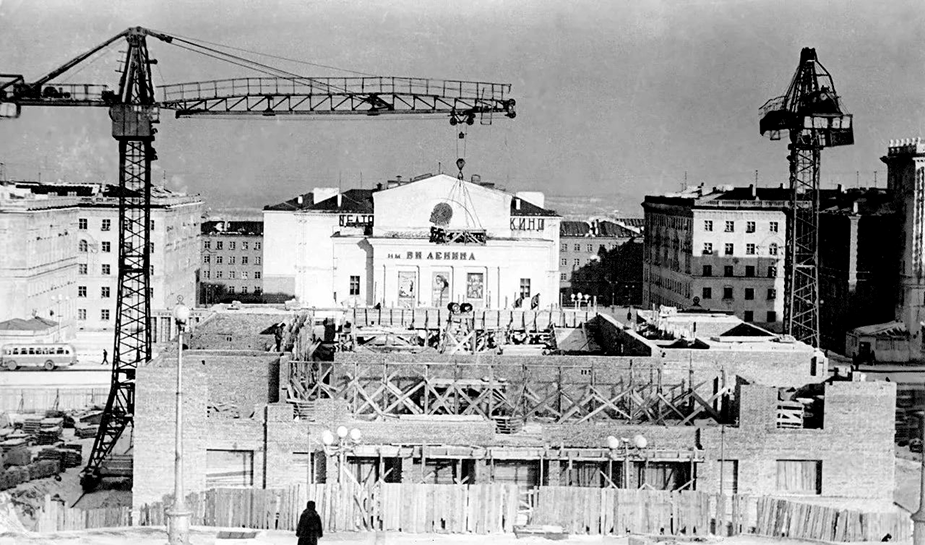
Construction of Norilsk city, 80s
– Talking of strong winds in Norilsk, is it possible to fight it with town-planning practices?
Y.G.: Strong winds and frequent snowstorms is a persistent Northern challenge the designers and constructors encounter all the time. The weather conditions on the Taimyr peninsula and in Norilsk are very severe. The wind speed of 1 m/s drops the temperature for the human in perception for 2 degrees colder. For example, - 40 C with the 18 m/s wind feels like almost – 80 C! Only Antarctic climate surpass the local climate. The blocks in Norilsk are constructed in circuit to preserve the buildings and people from the wind as much as possible. The passages between them are narrow for the same purpose. The facades and roofs here are usually simple to prevent snow drifts.
– Which scientific establishments conducted the construction in the Far North?
Y.G.: The construction of such a large scale there required steady scientific support. In 1957, the Complex Scientific and Research station of Yakutia was established to do research work regarding the construction in permafrost. Also the special laboratory for the development of the construction materials techniques was created. In 1962, they merged to become the Yakutia department of the Krasnoyarsk Research Institute for construction of the Architecture and Construction Academy of the USSR. I headed it for several years in the past. Now the Institute is known as PromstroyNIIproekt and its scientific developments are still in demand.
R.N.: Unfortunately, I have to admit, that today we lost the tradition of the legacy of generations. Only a few now know the right techniques. The construction organisations work now according to the regulations developed in the Soviet time. No new scientific researches are taken in the field and sometimes the design is developed by the organisations, which has quite vague knowledge about the object.
– What can you tell us about the pace of construction in the North at present? Many people leave the region…
R.N.: Due to the continuation of the mining of the new occurrences and oil fields in the area, the dynamic of the construction will always stay growing. Like the Vankor Field facilitates the development of Igarka. That is the fact: passenger traffic in this city raised three times for the last 1.5 years. Lower Angara Region has projects which helps Boguchany’s development. These are the positive factors.
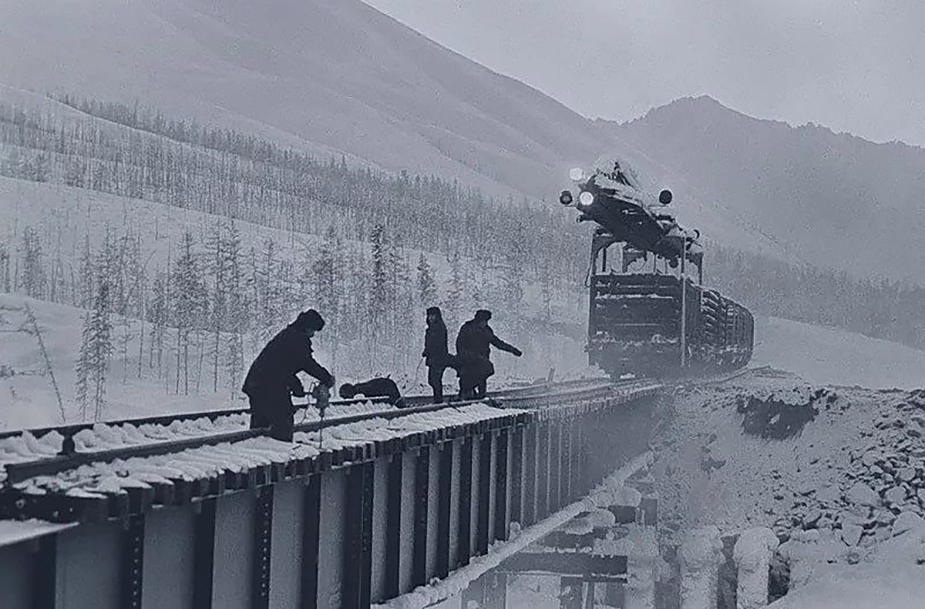
Construction of the Baikal-Amur Mainline
Reference point
– All the large industrial projects are connected to the Energy industry, at least in the North. Recently the Law on preservation and energy efficiency was published. What does it mean in a general sense?
R.N.: It derives from the energetic crisis in the 70s, based on the oils prices. In the USA, for example, the issue of the energy efficiency is in priority at the national security level. Despite any economy measures, the consumption of the energy in real estate sector growth each year by 1.5-2%. The Western statistic research returns results, according to which the HPP and NPP will stay at the similar level, while oil industry’s resources will be used less.
– Do we have such statistic data for Russia?
R.N.: There should be, but they were not published yet. The development of the programmes on the energy efficiency is taken at three levels: Federal, regional and public. Since the beginning of 2010, the Law has come into force, and regional authorities had one year to provide their territories with the needed equipment for measurements of the energy consumption.
The enterprises are obligated to take additional measures for better insulation of the building and heat recuperation. The state made the point of reference. Our university lessened the energy consumption by 3% in one year, and in 5 by 15%. Of course, also the federal funding for the electricity supply will be lessened accordingly. During the tender for the products supply and the services, their energy efficiency should be noted.
– The analyses of the climatic variables of the settlements in the region shows, that Krasnoyarsk is the most favourable city in terms of thermal shielding, which means there the construction cost of the warm building is less than in the others.
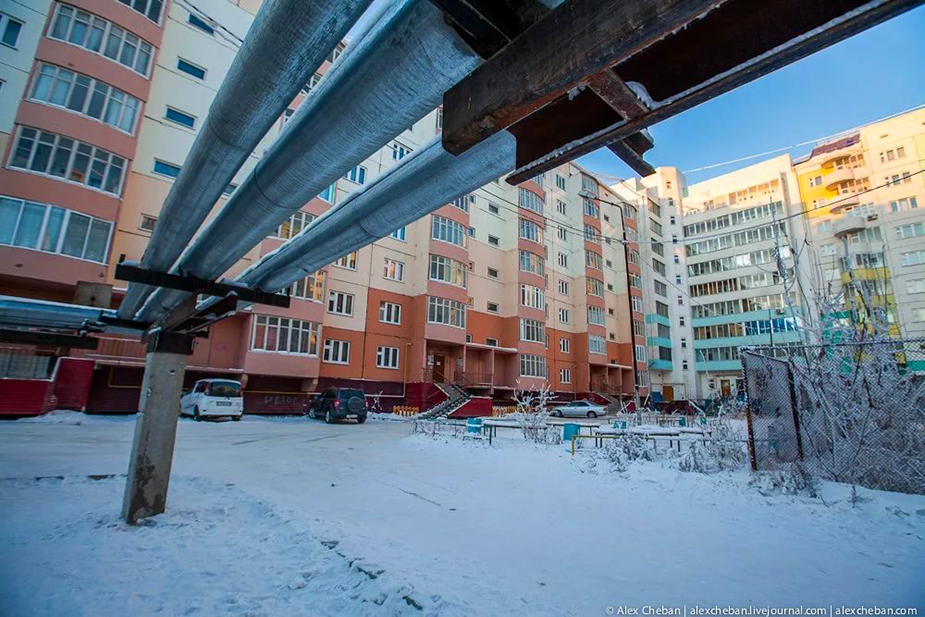
Yakutia, pipeline
– What are the energy-efficient technologies?
R.N.: First of all, the automated regulation of the temperature conditions of the buildings and implementation of the alternative, including renewable, energy sources (solar batteries, etc.). Many public buildings allow reducing the energy supply at nights. Secondary, practicing new technical regulations on lightening which requires the rejection of the use of incandescent lamps, allows reducing the energy consumption for lightening by 40%. Thirdly, it is the heat recovery. We waste so my heat in vain when put hot water directly in the sewers. Construction standards give us the same air changes per hour, like heating in winter from – 40C to + 21C. With the large measurement of the building the volume of the heat becomes an asset that can be used as a thermal energy. With everything stated in the Law being implemented, it is possible to reduce energy consumption in the nearest 5 years from 15% up to 40%.
Justified by North
– What are the specific activities for the energy efficiency in the regions of the Extreme North?
R.N.: All mentioned above is applied to the northern areas as well. As the North consumes more energy, these activities here are much important. The designed temperature for the planning of the buildings in Moscow is -28, in Krasnoyarsk -40C and it’s not the most northern measure for the construction, in Bogucharby it is -46 and in Igarka -49C, while in Evenkiya it is -55C. This measurement derives from the average temperature based on the coldest 5 days period in an area. Also the time period for the central heating season differs, when in Moscow the number of heating degree-days usually makes 4943, in Krasnoyarsk – 6575, Essey settlement – 11532.
– How do you save energy there?
R.N.: Only with the help of the new technologies it is possible. While developing new industries, we need to fund from the benefits new researches and new techniques of energy-saving. We should not be shy to adapt the foreign technologies. PromstroyNIIproekt currently develops new conception of the “Siberian building”. This project, being implemented, should facilitate the development of the energy-saving technologies further.
– Living in the North, does it worth it, in your opinion? Development of the mineral resources on a rotational basis is easier, isn’t it?
Y.G.: I believe it is possible to live in the North. And one can adapt to the frost quite quickly. In 1959, I came from the South, from Dagestan, and stayed for decades. At first, my family lived in Norilsk in a barrack (barn) with the conveniences placed outside, then for 11 years we lived in the building with severe conveniences. But the North makes people stronger and it has its own benefits.
R.N.: We need to use our unique experience of the construction in the Far North. The university may provide integrated solutions for many challenges of the Arctic Circle, making living more comfortable. The North of the Siberia accommodates the mineral resources the humanity needs. The deep exploration of the territory is inevitable and we have to be ready for it.
Additional articles
Select an article of interest:
Mongolia designs new railway “Bohdan”
March 1, 2022
The construction of largest hydraulic tunnel has begun in Qatar
February 28, 2022
JSC "VO "Mashinoimport" supplied escalators for the Novosibirsk metro
December 22, 2021
Russian city Samara plans to build a metro
December 17, 2021
Tell us about our article to your friends,
sharing a link in a social network















Comments (0)
I hereby confirm that I am familiar with the privacy policy of
and agree to the processing of personal data. Read more